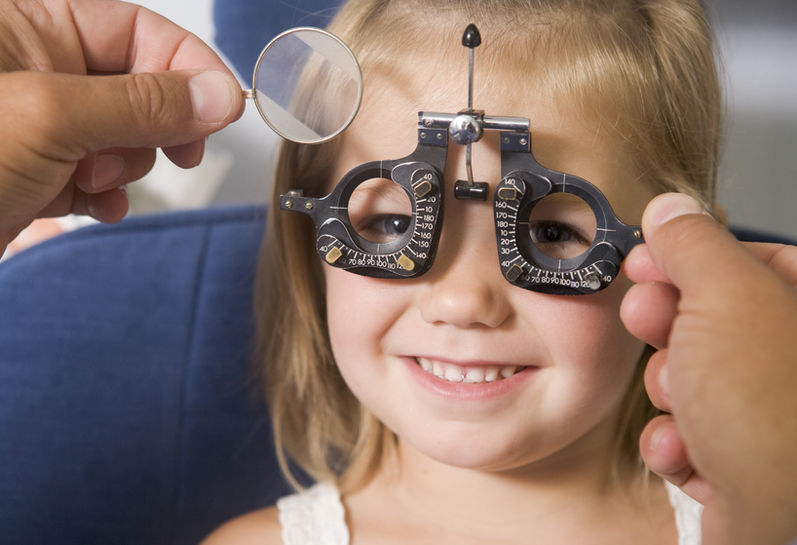
VISION CORRECTION
Korea leads the world in advanced vision correction technology, with most procedures completed in a single day. Here’s the process: Before your eye exam, avoid wearing contact lenses for a week. The exam takes 40-60 minutes using various machines, and Global Health Korea will be with you to ensure smooth communication. After your results are analyzed, you can choose to have the procedure on the same day or later. The surgery itself takes just 10-20 minutes. After resting in the recovery room and a final check, we’ll help you pick up the necessary medication for recovery.
There are two types of vision correction clinics in Korea. Some offer low prices but operate on a high-volume model, potentially compromising quality. Others limit daily patients, use top-tier equipment, and provide safer, more reliable care. While slightly more expensive, they remain more affordable than similar treatments in countries like the U.S., Canada, and the UK. For something as crucial as your vision, we recommend choosing the best care available.
We’ll guide you through the three most popular vision correction techniques to find the right option for you.
LASIK
(Laser-Assisted-In-Situ Keratomileusis) is a popular vision correction procedure that uses two techniques. First, a flap is created in the cornea using either a femtosecond laser or a microkeratome blade. Then, an excimer laser reshapes the underlying cornea to correct refractive errors. The flap is repositioned and naturally adheres without stitches. Recovery is typically quick, and special eye drops and medication are provided to reduce infection risk and enhance comfort. While the procedure only takes one day, we recommend staying in Korea for at least three days to allow for a follow-up check-up.
-
Procedure Time: 10-15 minutes
-
Recovery time: fast (2-3 days)
-
Staying in Korea: at least 1 week
LASEK
(Laser-Assisted Epithelial Keratomileusis) corrects nearsightedness, farsightedness, and astigmatism. It’s similar to PRK but involves replacing the surface layer (epithelium) after surgery as a protective layer. Both PRK and LASEK use an excimer laser to reshape the cornea, but unlike LASIK, they don’t preserve the surface layers, making them better options for those with thin corneas. In LASEK, the epithelium is loosened, peeled back, and repositioned after the cornea is reshaped. Recovery is quick, though slightly less comfortable than LASIK. Global Health Korea can help determine which procedure is best suited for you.
-
Procedure Time: 10-15 minutes
-
Recovery time: slow (5-7 days)
-
Staying in Korea: at least 2 weeks
SMILE
(Small Incision Lenticule Extraction) is a cutting-edge procedure for correcting myopia (nearsightedness). Using a femtosecond laser, a small disc of corneal tissue is removed through a tiny incision, reshaping the cornea without creating a flap or vaporizing tissue. This makes SMILE less invasive and more stable than LASIK, with an incision 80% smaller than that of LASIK. While slightly more expensive than LASIK or LASEK, SMILE reduces risks like corneal thinning, ectasia, and dry eye. Global Health Korea can help you determine if this advanced and increasingly popular technique is the best fit for your vision correction needs.
-
Procedure Time: 10-15 minutes
-
Recovery time: extremely quick (3-5 hours)
-
Staying in Korea: at least 2 days










